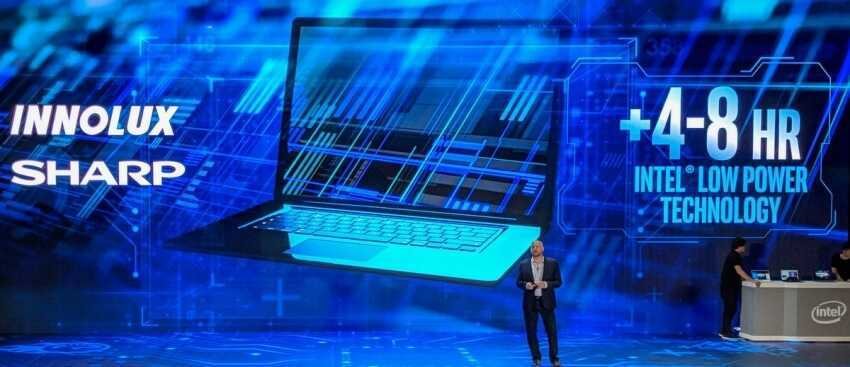Battery life was always there problem στην τεχνολογία. Αν και υπάρχουν απίστευτα ισχυροί laptops, the weak point has always been that the battery lasts a few hours. That's what Intel thought and proposed a solution.
In Computex 2018, the company introduced the new Low Power Display technology, a combination of a special screen LCD και έξυπνης διαχείρισης ενέργειας.
We are talking about a Sharp / Innolux 13 inch screen that only consumes 1 Watt, half that consumed by today's screens. This technology could increase the battery life by four to eight hours depending on usage. The monitors could offer about 20 hours of battery life for video playback. This could mean a battery life of 28 hours for our laptops.
Intel in demonstrating the new technology increased battery life to over 25 hours without affecting performance. But he did not give more information and so it's unclear where the percentage of battery life comes from and where it ends up: how much is from the new display and how much from improved power management.
It is also worth noting that although long video playback is impressive, video is not the most reliable measurement method for the actual battery life. Finally, we should assume that for all of this an Intel graphics chip should be used instead of another, by a different company.
But as well as making an increase in the battery life of 25% is an impressive achievement, and is a good starting point for the technologies that come to us in the years to come.
Image: TheVerge.
_____________________________
- iPhone X is worth buying? Why some people said no
- US visa? social accounts, email, and phone numbers
- Android: Check your battery status
- Researchers built cheap touch paper






Windows iso downloader, freeware dear